Aluminum Reflector
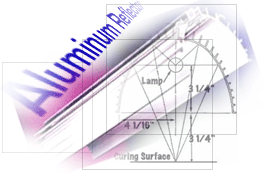
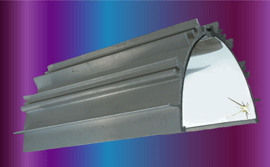
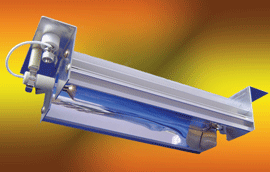
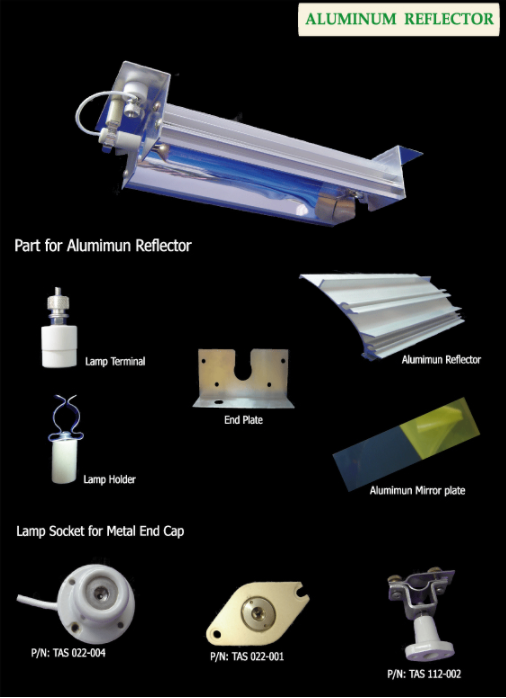
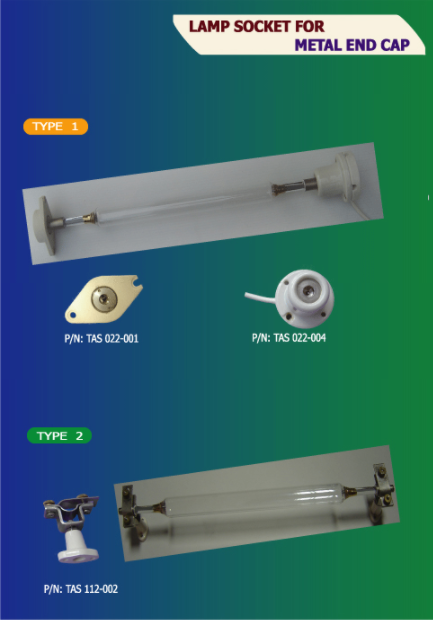
Direct UV-radiation contributes to the major part to UV-Curing, a good reflector design will give another 30%.



These materials are not yet commonly used; however they might have a determining influence in future technology. The plant manufacturer depending on the application selects the reflector type needed. The reflector should be made of aluminum as this material has best reflection characteristics in the UV-rang. It should be polished and have protective coating made of anodized oxide. In some special case, coated materials can also be used. This is a new technology where selected materials, for instance glass coated with vaporized metals that give a UV-reflection layers. Such reflectors are able to reflect UV-radiation. Light and heat will be transmitted or absorbed depending on the material chosen, and can be removed with the cooling air. The glass reflector can be used in cold mirror systems.
The figure below shows a modern reflector construction resulting in good lamp cooling.
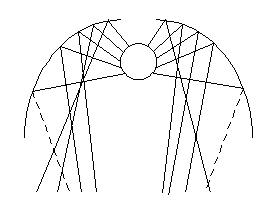
The holes in the extrusion are arranged in such a way that they cannot be used as a rotation center in order to close the extrusion during stand-by, thus also saving an additional shutter.To avoid any unnecessary losses the aluminum extrusion is designed in such a way that all rays are reflected that pass the lamp and there are no multiple reflections
The exchange of the reflector sheets is easy and cost saving. The initial status of the UV-system is established each time the lamps and reflector sheets are changed.

